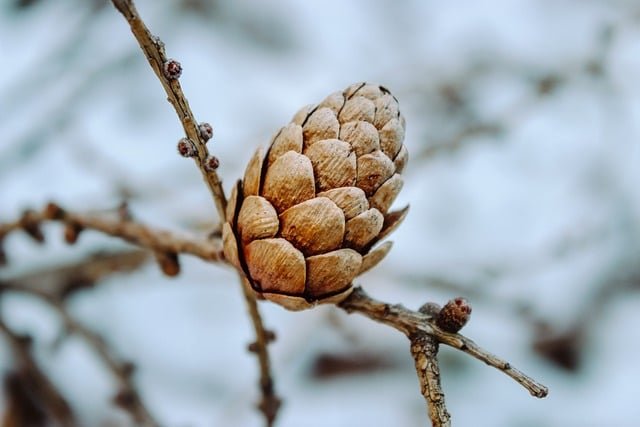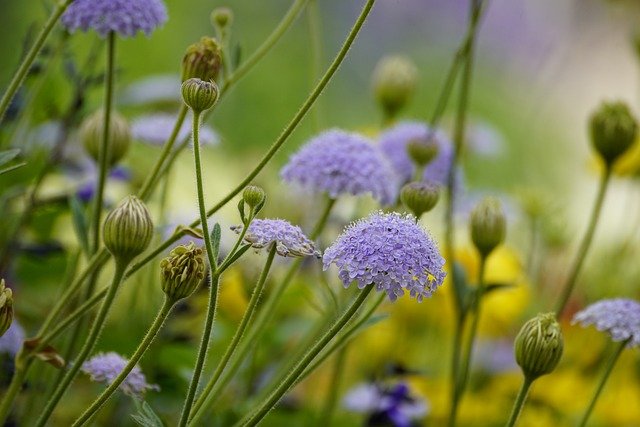**Title: "The Hidden Wonders: Exploring the Microcos

The Hidden Wonders: Exploring the Microcosm
Have you ever stopped to think about the world that exists beyond our immediate perception? While we often marvel at the vastness of the universe, there lies an equally fascinating realm right beneath our noses—the microcosm. This hidden world is teeming with life, complexity, and beauty, waiting to be discovered.
What is a Microcosm?
A microcosm is a small, self-contained system that reflects a larger whole. In nature, it can refer to the intricate ecosystems found in a drop of water, the soil beneath our feet, or even within our own bodies. These tiny worlds hold secrets and wonders that can change our understanding of life itself.
The Fascinating World of Microorganisms
Microorganisms are the unsung heroes of the microcosm. These tiny life forms include bacteria, viruses, fungi, and protozoa. They play crucial roles in our ecosystems, from nutrient cycling to decomposition. Here are a few remarkable aspects of microorganisms:
Biodiversity: There are more microorganisms on Earth than stars in the galaxy. They come in countless shapes and sizes, each adapted to its environment.
Symbiosis: Many microorganisms live in harmony with larger organisms. For example, the bacteria in our gut help us digest food and produce essential vitamins.
Bioremediation: Some microorganisms can break down pollutants, making them invaluable in cleaning up contaminated environments.
Microscopic Marvels: The Beauty of the Small
When viewed under a microscope, the microcosm reveals stunning beauty. Here are a few examples of what you might find:
Microscopic Algae: These tiny plants are not only beautiful but also vital for oxygen production on Earth. Their intricate structures can be mesmerizing.
Pollen Grains: The diversity of shapes and colors in pollen grains is astounding. Each species has a unique pattern, showcasing nature's artistry.
Crystals: Many microorganisms produce crystals as part of their metabolic processes. These can form stunning patterns and structures.
The Importance of Exploring the Microcosm
Understanding the microcosm is essential for several reasons:
Health: Studying microorganisms can lead to breakthroughs in medicine, including the development of antibiotics and vaccines.
Ecology: Microbial ecosystems are foundational to larger ecological systems. Understanding them can help us protect biodiversity.
Innovation: Microorganisms are being harnessed for biotechnological applications, from biofuels to biodegradable materials.
How to Explore the Microcosm
Exploring the microcosm can be both fun and educational. Here are some ways to get started:
Microscopy: Invest in a good quality microscope and start examining samples from your environment, such as pond water or soil.
Citizen Science: Join local or online initiatives focused on microbiology. Contributing to research can deepen your understanding and appreciation.
Educational Resources: There are numerous books, documentaries, and online courses dedicated to microbiology and the microcosm.
Conclusion
The hidden wonders of the microcosm remind us that life exists in many forms, often unseen. By exploring this tiny universe, we can gain a greater appreciation for the complexity and interconnectedness of all living things. So, let’s take a closer look at the world around us and uncover the hidden marvels that lie just beneath the surface.
Join the Journey!
Are you ready to dive into the microcosm? Share your experiences, discoveries, or questions in the comments below! 🌍🔬✨

All images are taken from the Pixabay.com
Upvoted! Thank you for supporting witness @jswit.